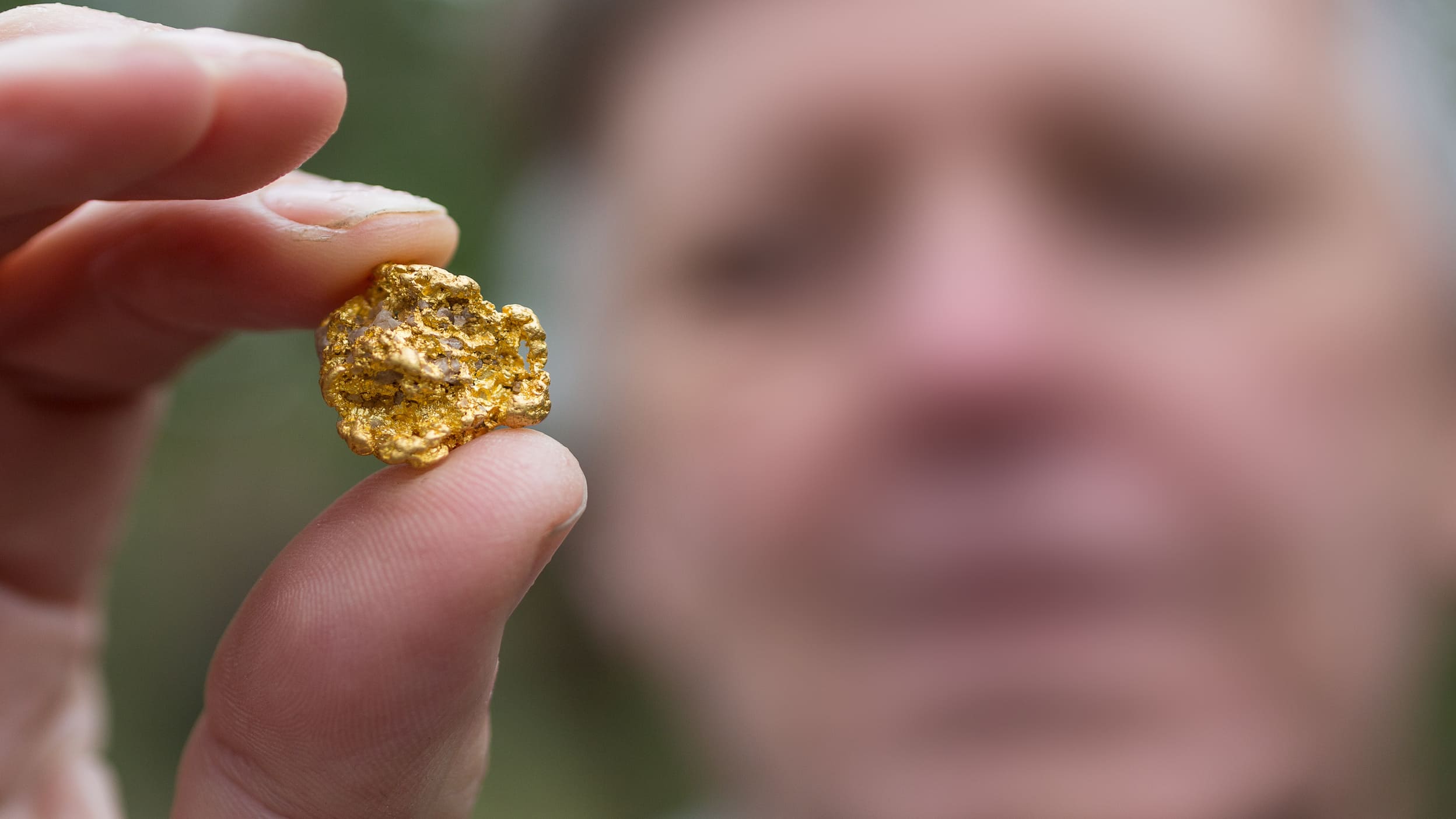Gold’s supply and demand in Q4 2021

In the first part of our Q4 Gold Report, we highlighted key macro factors that contributed to the impressive 4.1% rise in the gold price over the three months to the end of December 20211 and compared gold’s performance to other asset classes. In this second part of the Gold Report, we explore the various sources of supply and demand to further explain recent movements in the gold price.
Source: World Gold Council, showing gold demand per market segment in Q4 2021.
Gold saw a substantial increase in demand in the final quarter of 2021, up 24.1% to 1,147 tonnes; this was the largest quarter-on-quarter increase in demand for gold on record. Jewellery consumption and retail investment (gold bars and coins) were key supports in Q4, rising 50.9% and 21.5% respectively. This overshadowed the 3.0% increase in demand from the technology sector. Purchases by central banks (reported to date) show a quarter-on-quarter drop in demand of 47.8%, while ETFs posted net redemptions for the quarter.
Source: World Gold Council, as at 31 December 2021.
Demand for gold as jewellery hit its highest level in over eight years in Q4, at 712.7 tonnes. The quarter-on-quarter increase of 50.9% has only been higher once, 53.5% in Q4 2020 when gold was recovering from the immediate impacts of the pandemic. India was the largest purchaser in this most recent quarter, overtaking China and more than doubling consumption, with 265.0 tonnes from 125.1 tonnes in Q3 2021 as the easing of lockdown restrictions saw more celebrations such as weddings and festivals. China’s demand increased 13.4% on the previous quarter, to 177.6 tonnes in Q4.
Source: World Gold Council, as at 31 December 2021.
Central banks purchased a further 47.7 tonnes of gold in the quarter bringing the 2021 total to 463.1 tonnes, 81.6% higher from 2020’s total of 255.0 tonnes. Average annual purchases for the 10 years before the pandemic were 497.4 tonnes pointing to activity recovering to more normal times. It also takes central banks’ reserves of gold to their highest for almost 30 years. Emerging markets were responsible for both the most additions (Thailand) and heaviest selling (The Philippines).
Source: Bloomberg, as at 31 December 2021.
There were net outflows from gold ETFs in the quarter with Bloomberg estimating a fall of 1.3% despite a rise in gold’s price of 4.1%. From the regional perspective North America was responsible for the majority of redemptions in the quarter, but also for 2021 as a whole, with 200 tonnes sold from North American gold ETFs across the year. Europe was a marginal net buyer for the year, 0.7 tonnes, due to net subscriptions in Q4 of 1.7 tonnes. Although Asian funds were net sellers in November, they purchased a net 4.7 tonnes in the quarter and 24.5 tonnes of gold in the year.
Sources: Bloomberg and World Gold Council, as at 31 December 2021.
Source: World Gold Council, as at 31 December 2021.
The total supply of gold for the final quarter of the year was 1,189.6 tonnes, a fall of 2.3% compared to Q3. Although there was a slight increase in the supply of recycled gold, mining activity was lower and hedging also subtracted from potential supply. Mining supply dipped 2.0% quarter-on-quarter but, by not retesting its lows of 2020, it may have pushed past pandemic disruptions. The higher amount of recycled supply in the quarter (1.2%) would have been expected given the appreciation of the gold price. The hedging book continued its decline with producers preferring to take exposure in the spot market; a further 25.9 tonnes were taken out of hedged supply in Q4. In total, year-on-year gold supply was 1.2% lower in 2021.
Source
-
1 Source: Bloomberg, LBMA Gold Price, in USD, for the period 30 September to 31 December 2021. Past performance is not a reliable indicator of future returns.
Investment risks
-
Investment strategies involve numerous risks. Investors should note that the price of your investment may go down as well as up. As a result, you may not get back the amount of capital you invest.
Important information
-
By accepting this material, you consent to communicate with us in English, unless you inform us otherwise.
This document is marketing material and is not intended as a recommendation to invest in any particular asset class, security or strategy. Regulatory requirements that require impartiality of investment/ investment strategy recommendations are therefore not applicable nor are any prohibitions to trade before publication. The information provided is for illustrative purposes only, it should not be relied upon as recommendations to buy or sell securities.
In Israel, this document may not be reproduced or used for any other purpose, nor be furnished to any other person other than those to whom copies have been sent. Nothing in this document should be considered investment advice or investment marketing as defined in the Regulation of Investment Advice, Investment Marketing and Portfolio Management Law, 1995 (“the Investment Advice Law”). Investors are encouraged to seek competent investment advice from a locally licensed investment advisor prior to making any investment. Neither Invesco Ltd nor its subsidiaries are licensed under the Investment Advice Law, nor does it carry the insurance as required of a licensee thereunder.
Where individuals or the business have expressed opinions, they are based on current market conditions, they may differ from those of other investment professionals and are subject to change without notice.


